9 Safari Myths, Busted
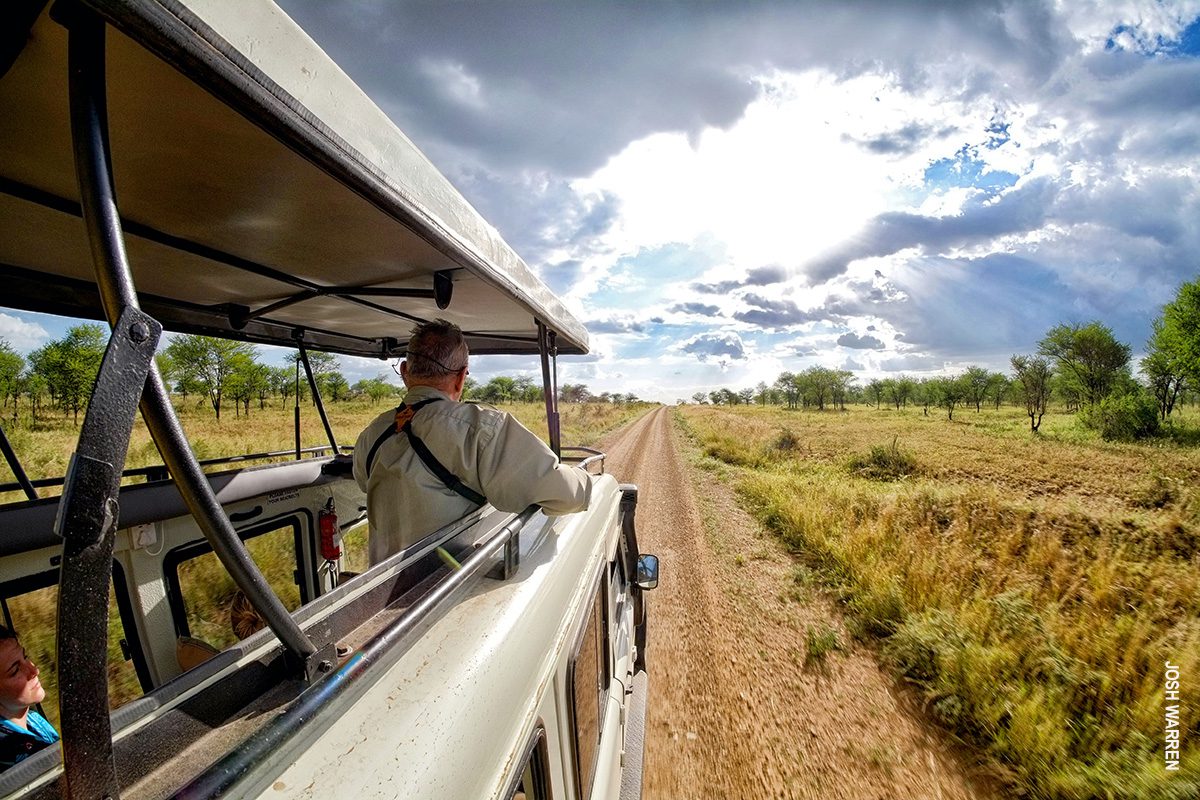
Myths and misconceptions abound when it comes to safari travel. Some are harmless, while others can have a significant impact on the experience.
Let’s look at nine common safari myths and see why they’re misleading.
Myth 1: There’s a “best” time to go on safari
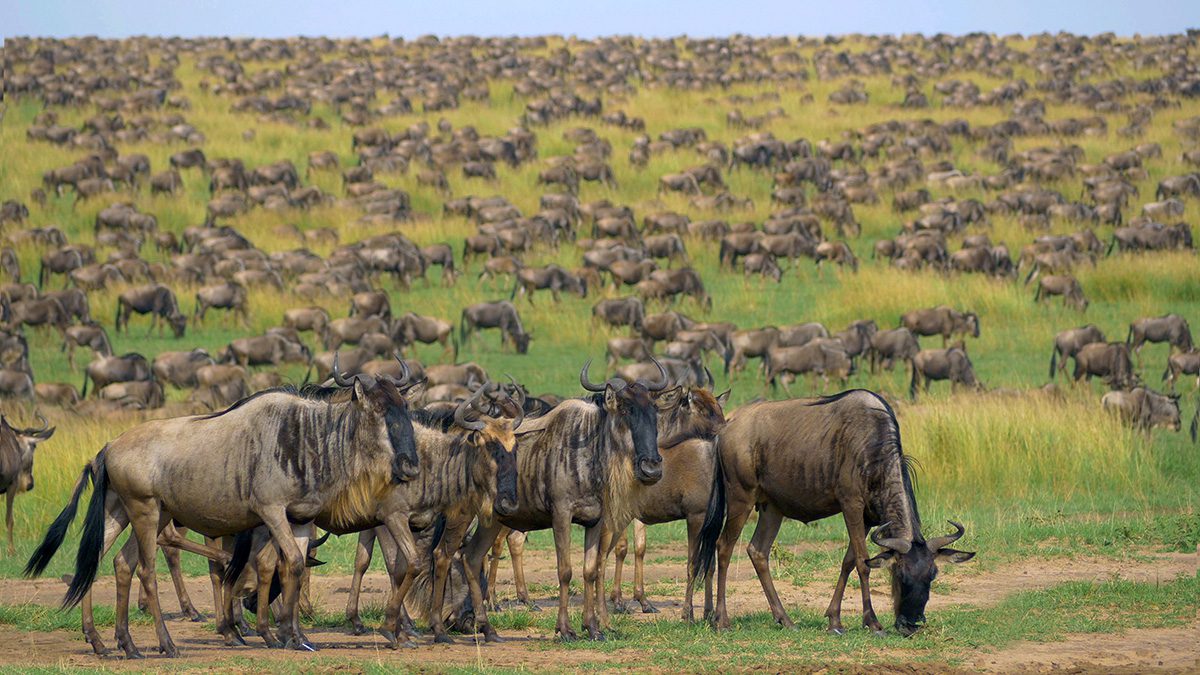
There’s a best time for you…but for everyone? Not really! You’ll see the same wildlife no matter when you go. Still, seasonal variations abound: do you want to see the Green Season or the Dry Season? What about the calving season, the rut or river crossings?
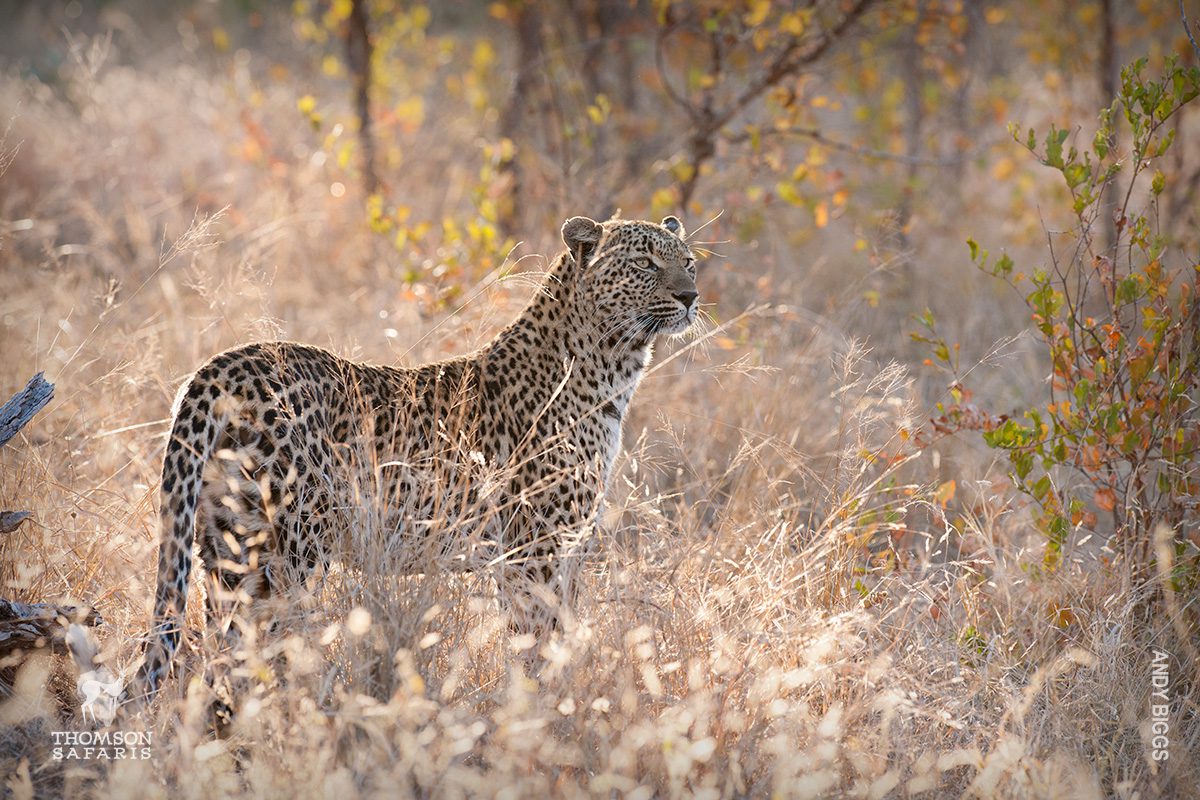
There’s no one-size-fits-all “best” time to safari. Every trip is surprising because the wilds are, well, wild!
BUSTED!
Myth 2: Safari is all about seeing the Big Five
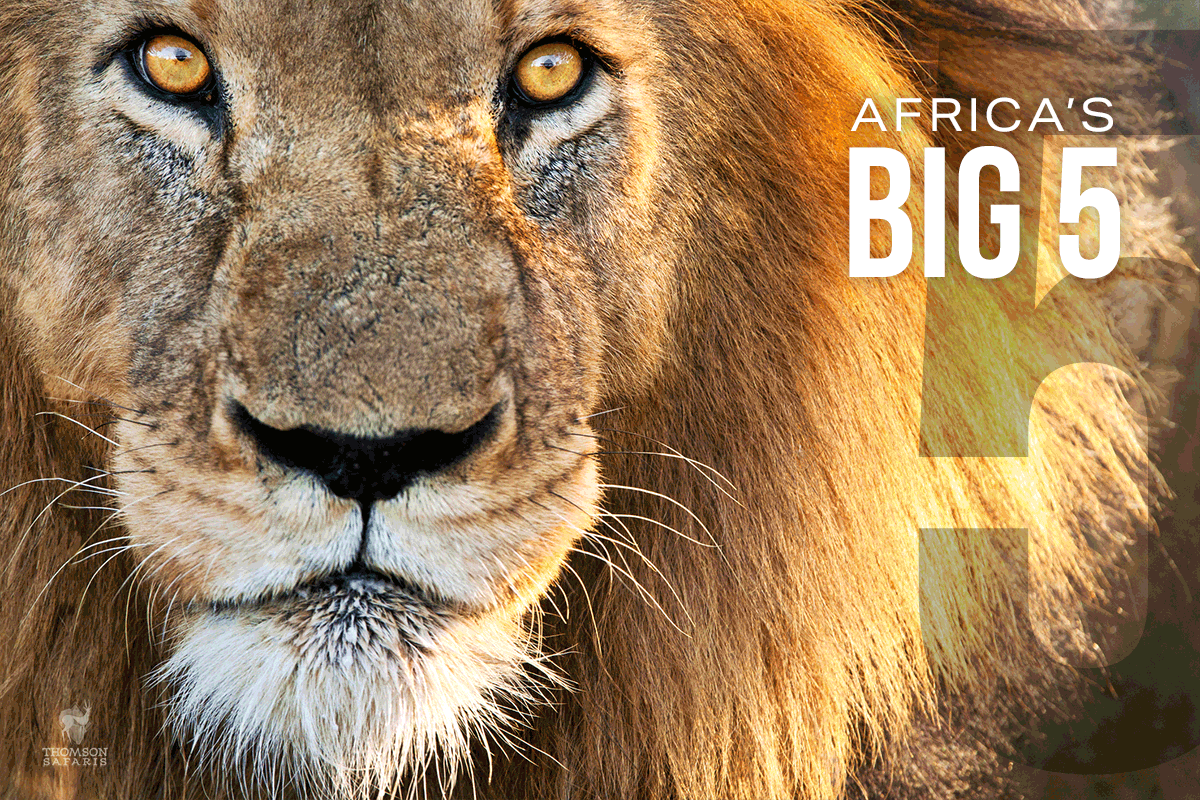
With over 4 million wild animals representing some 430 species and subspecies, Tanzania is a haven of biodiversity. And on safari, most of the Big Five is easy to spot. However, seeing all five takes patience, skilled guides and a little luck, too.
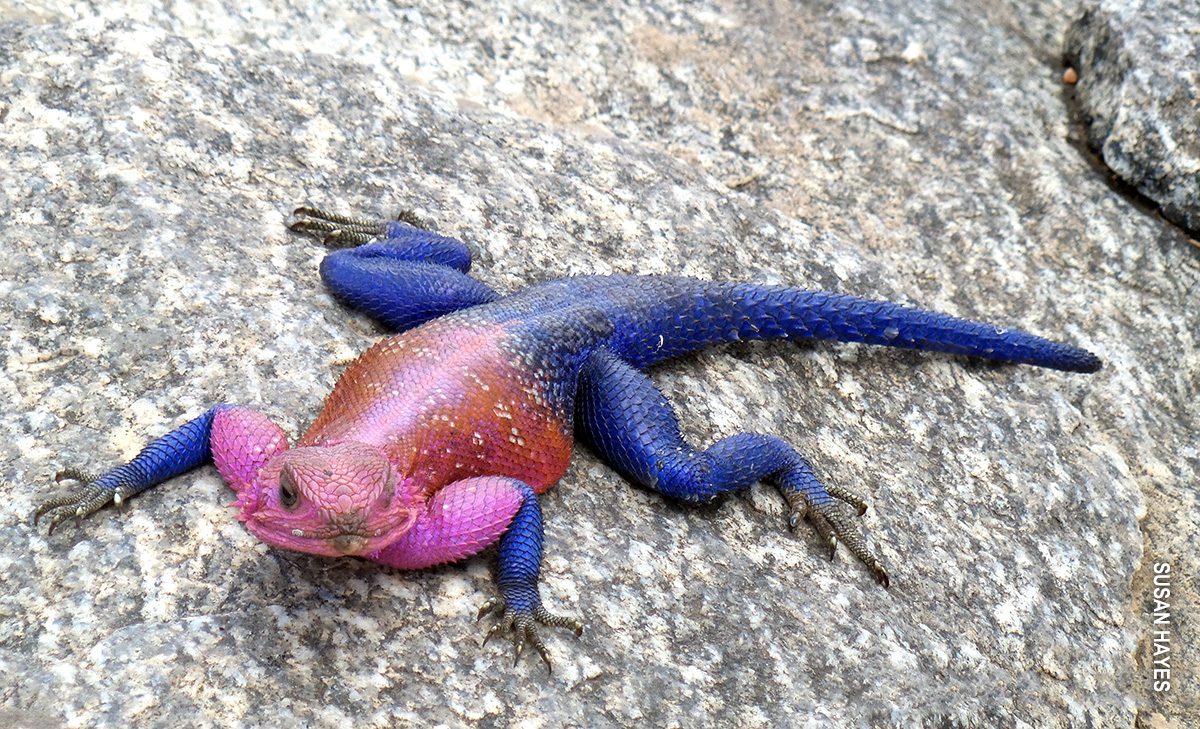 Agama lizards are a great example of unexpected and delightful safari sightings!
Agama lizards are a great example of unexpected and delightful safari sightings!
Some safarigoers don’t see all five, but they’ve told us time and again this hardly matters, given the sheer volume of other wildlife sightings. Many come away with a wonderlike fascination with animals they had never before been interested in. For instance, birds! Many guests develop a deeper appreciation of birds on safari.
Spotting the Big Five is noteworthy–but spotting Tanzania’s bounty of incredible creatures? Pure joy.
BUSTED!
Myth 3: Safaris aren’t fun for children
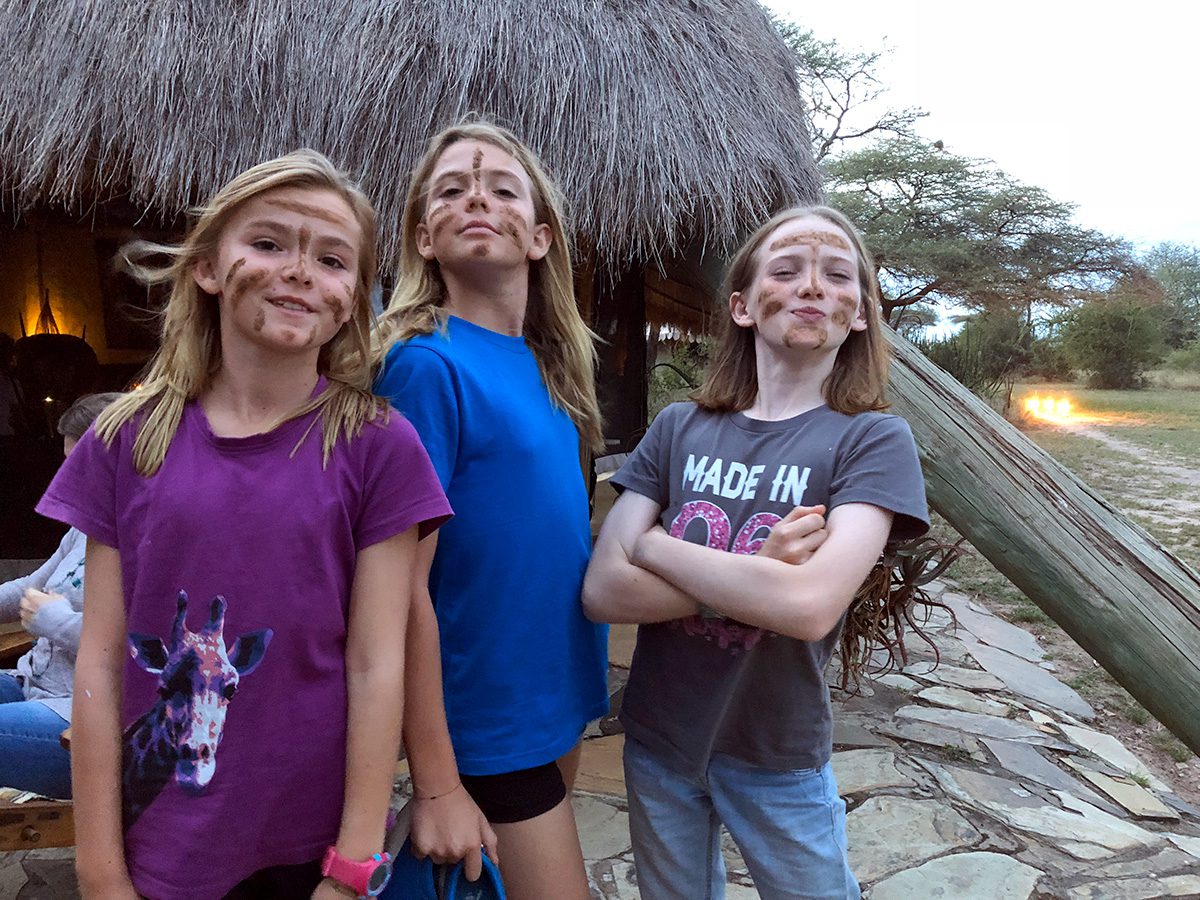
Sadly, children do complain about safaris quite often. It’s strange, they always say the same thing: “I wish we could stay longer!”
Safari is the true adventure of a child’s life. It’s here, engaging firsthand with the region’s wildlife, landscapes and cultures, that children find inspiration and education they can’t get in the textbooks.
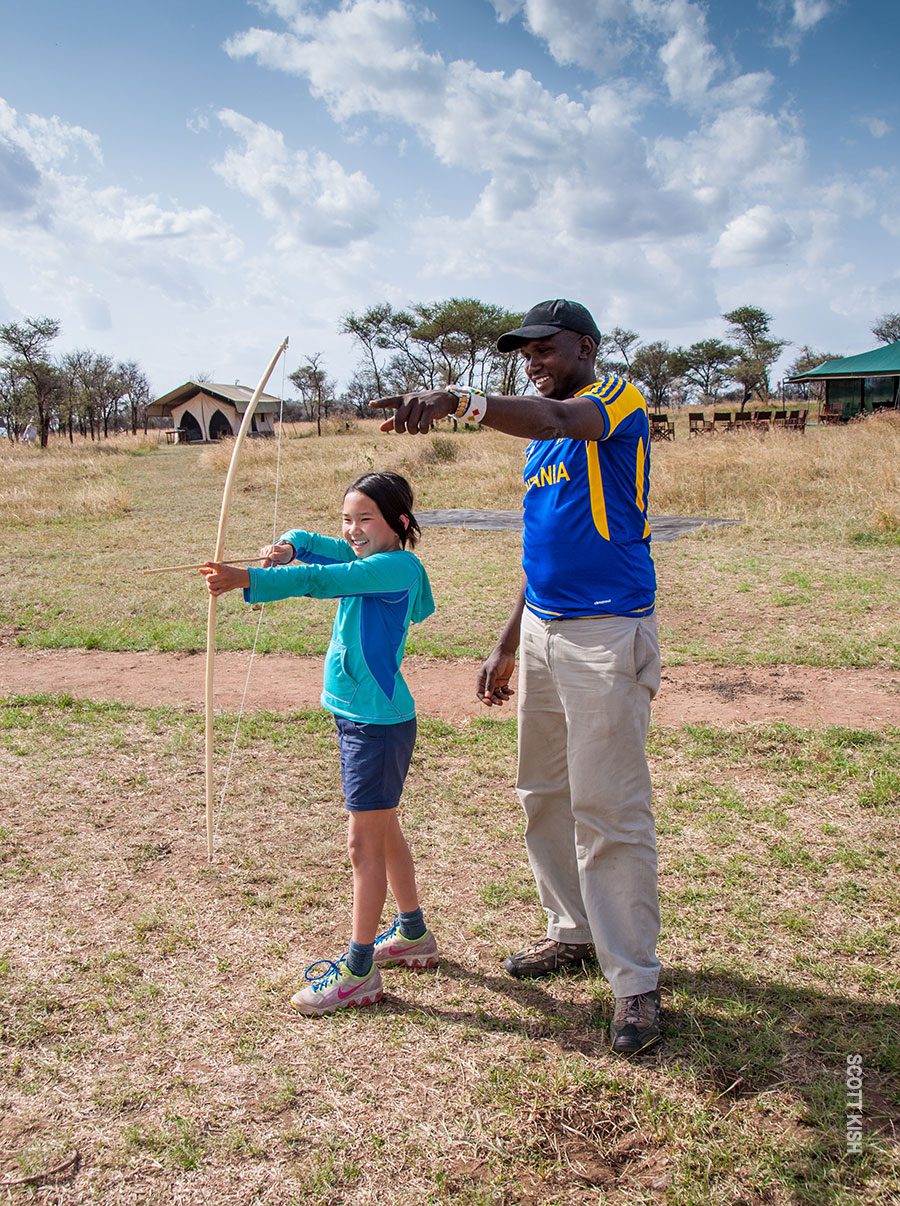
With Thomson’s cheerful guides leading the way, every wildlife drive becomes a world of exploration and discovery. It’ll leave you wondering, are Tanzania’s plains, craters and hills the world’s greatest classroom? Or the greatest playground?
(Are they both?)
BUSTED!
Myth 4: Ostriches bury their heads in the sand
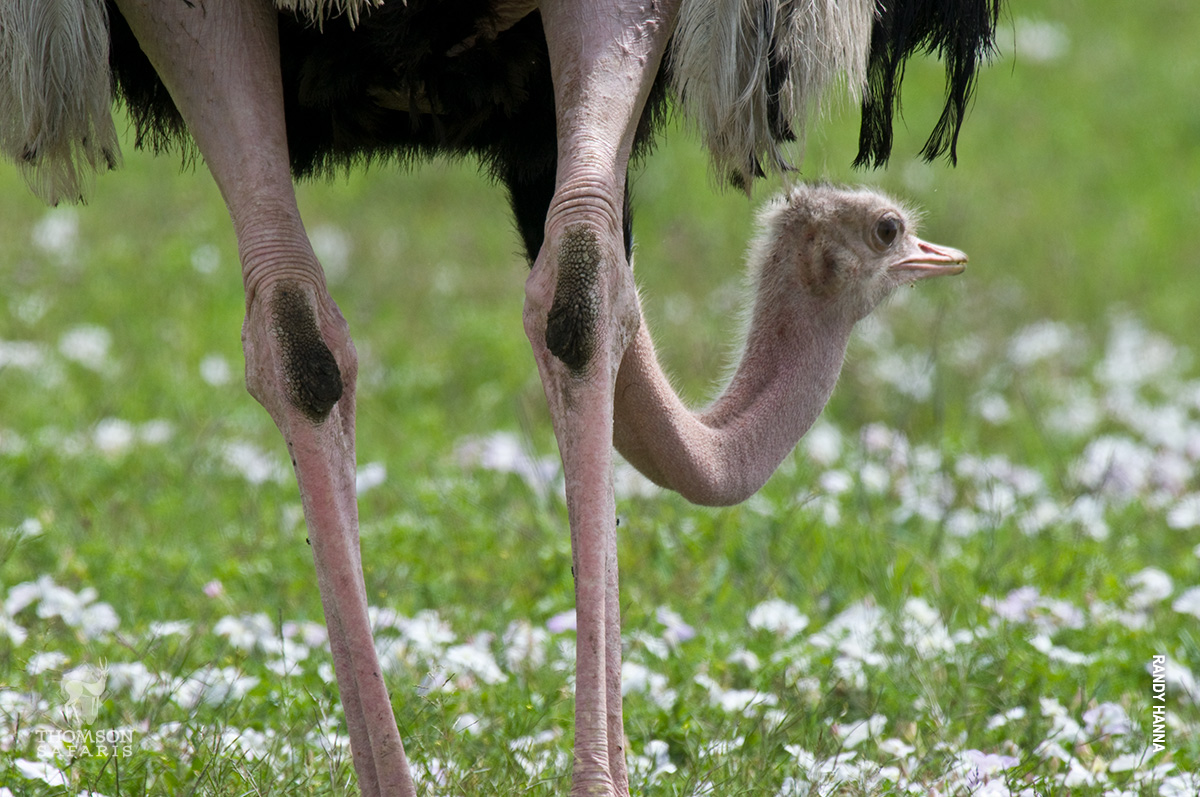
Contrary to popular belief, ostriches don’t bury their heads in the sand. They do behave in ways that look similar, though.
Ostriches build their nests on the ground and use their heads to roll eggs around. Additionally, they lower their heads if they sense danger. You may witness this behavior firsthand in the Serengeti.
But burying their heads? Nope!
This myth is thought to have originated when ancient Romans expanded into Africa, and someone observed ostriches engaging in this low-headed behavior.
BUSTED!
Myth 5: Safari travel is rough and uncomfortable
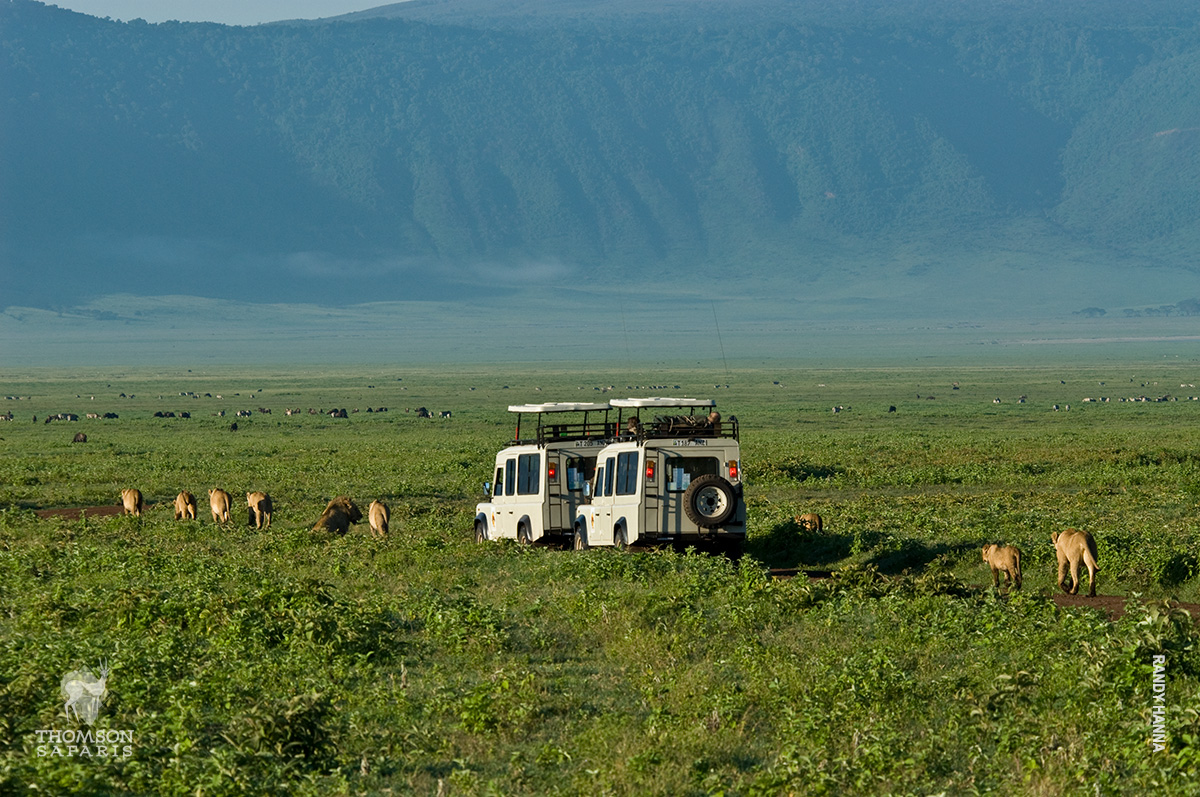
Safari is Swahili for “journey,” and truly, it’s an intrepid, wild experience. That doesn’t mean you have to rough it like travelers of yore! Thomson’s modern safaris provide an immersive wilderness experience with an unwavering dedication to comfort.
Amenities include cozy Nyumba tents with queen-sized beds and ironed sheets, private en suite bathrooms and hot water showers. Eat hot meals, travel in customized vehicles and let the Thomson team do the hard stuff–you’re on vacation, aren’t you?
BUSTED!
Myth 6: Safari is always hot and humid
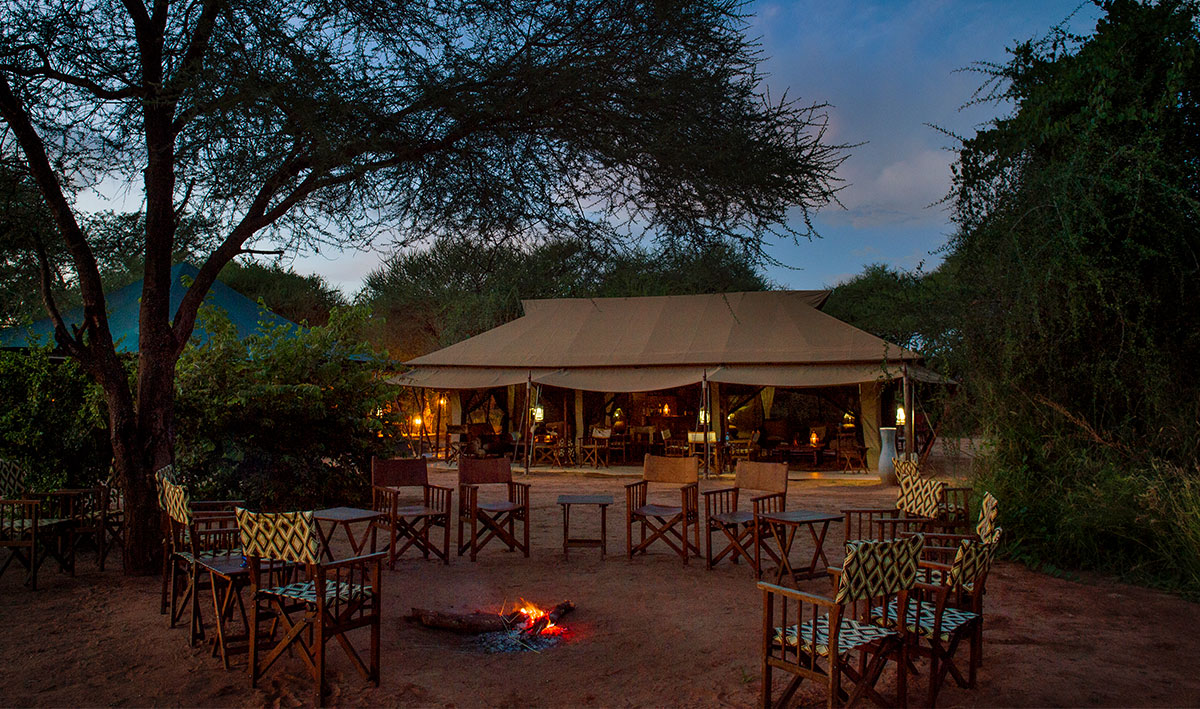 Cozy campfire at Thomson Nyumba Camp
Cozy campfire at Thomson Nyumba Camp
Safari travel in Tanzania is not nearly as hot as you might think. Average temperatures in the bush tend to be in the low 70s to mid-80s Fahrenheit, depending on whether it’s the Dry or Wet season.
Mornings and nights can get surprisingly chilly, especially in high-elevation camps in the Eastern Serengeti and Ngorongoro Crater. Generally, it’s smart to pack for both the warm and cold.
BUSTED!
Myth 7: The food on safari is bad

Thomson’s Nyumba camp chefs bring world-class flavor to every safari. Each meal they cook is full of delicious, familiar flavors, cooked with fresh ingredients and an occasional Tanzanian twist.
So, sip a sundowner, lap up seconds of Thomson’s famous soups or savor exciting meals on a culinary safari–your tastebuds will thank you.
BUSTED!
Myth 8: Africa isn’t Safe for Travelers
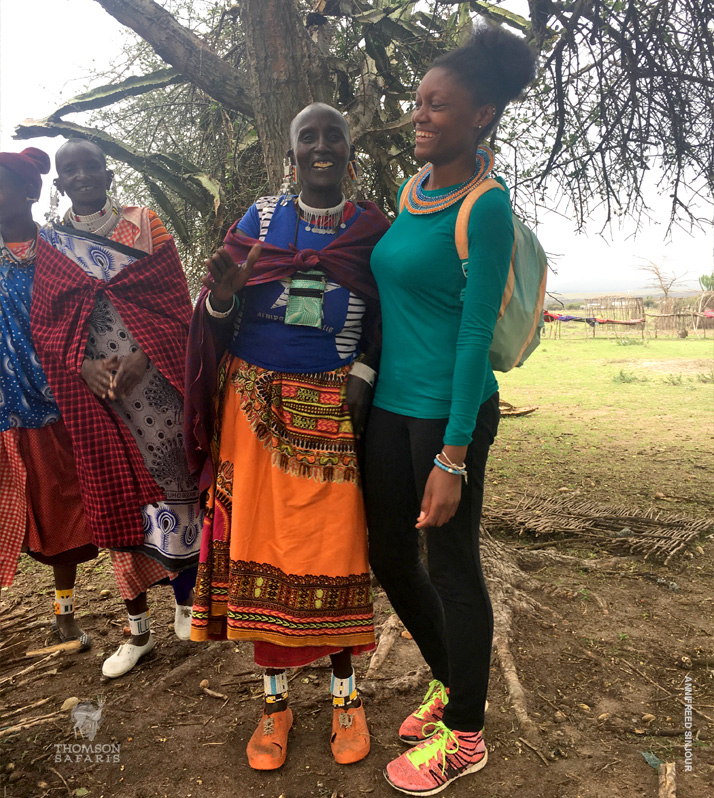
Tanzania is much safer than you might think. In fact, Tanzania is widely regarded as one of the most stable countries on the continent; as such, it’s often called the Switzerland of Africa.
Northern Tanzania, where Thomson guests go, is especially warm and welcoming. Nearly every visitor is a safari guest or Mt. Kilimanjaro trekker, and many of the Tanzanians here work in the travel industry.
Plus, with Thomson, a staff member chauffeurs you wherever you go, so you always have a trusted ally at your side.
BUSTED!
Myth 9: You need to take a great camera
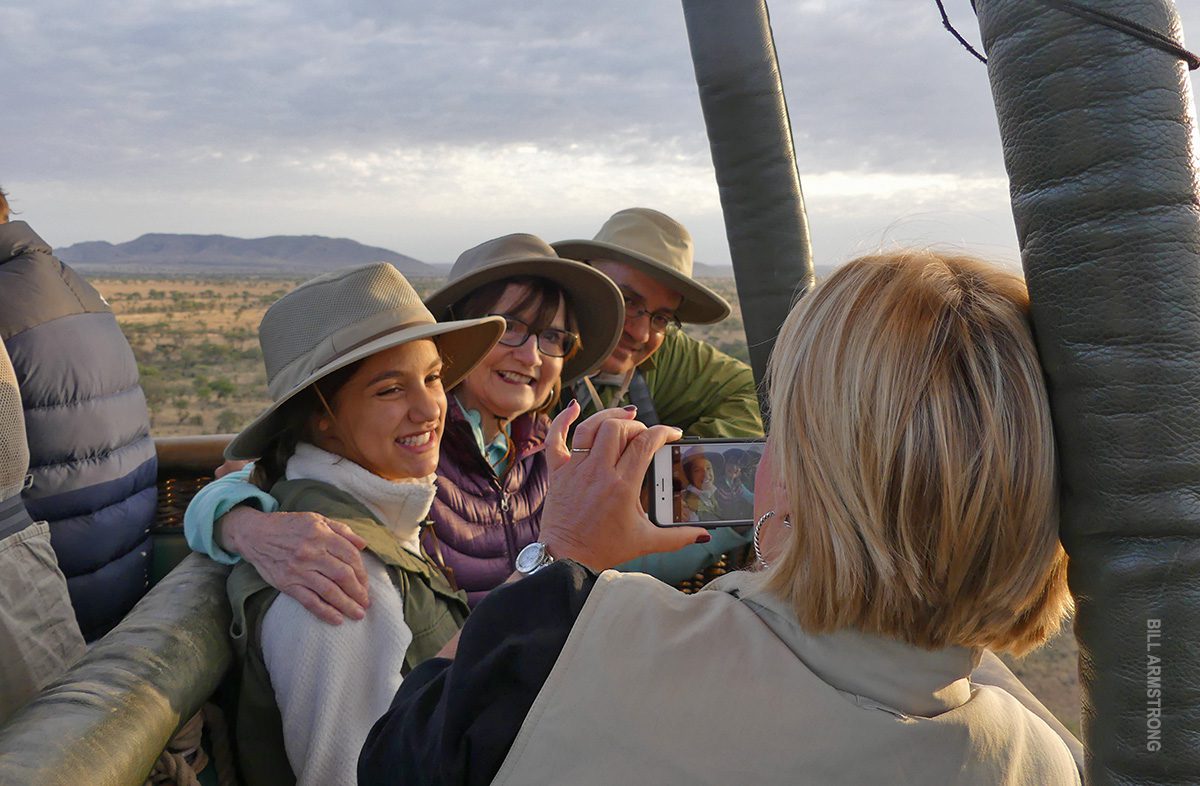
Photographers looking for epic, amazing shots of lion, cheetah, leopard and more understandably want to bring professional-grade camera gear.
But what about the rest of us, who just want fun photos that will help us remember the trip? Our smartphone cameras will do just fine. While they struggle with long range shots, they perform well with most close subjects and daylight situations.
Such an amazing trip makes it easy to capture memories, no matter what gear you bring.

